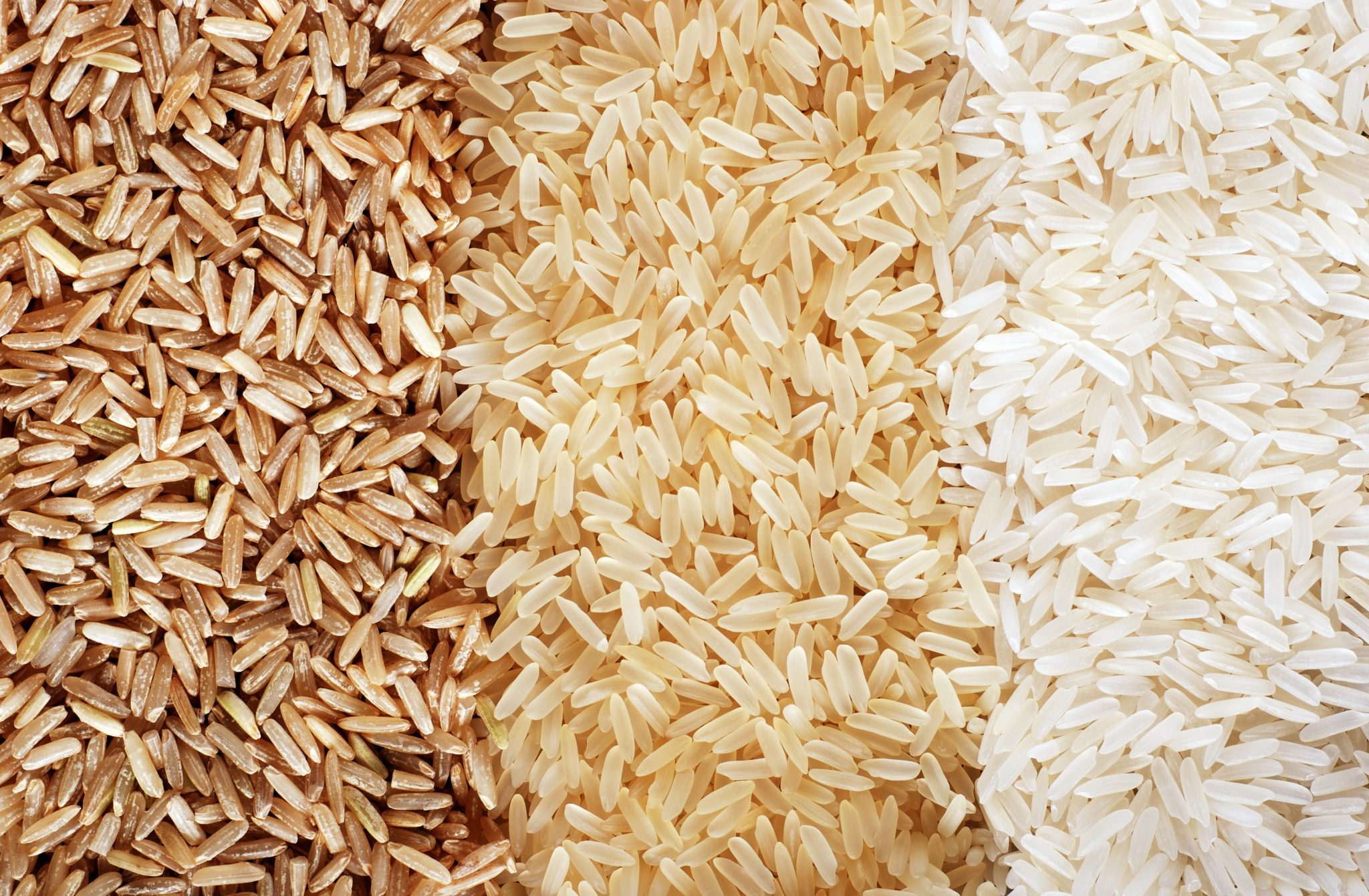Key points
- Obesity increases the risk of many other “lifestyle” diseases including diabetes, one of the leading causes of death worldwide.
- Dietary intervention can be an important strategy to reduce the incidence these diseases and eating foods with a low GI can help prevent and manage diabetes.
- Australian researchers have developed a rapid method for ranking the genetic properties in rice that convert starch to sugar during digestion allowing them to identify what drives glycemic index (GI).
- This screening tool will be used to assist in the development of new low GI varieties of rice that will give consumers access to a healthier product.
- New low GI rice varieties will not only deliver health benefits to consumers but also provide Australian rice growers with a high value product.
- The research was a joint project by Charles Sturt University and the NSW Department of Primary Industries (DPI), supported by AgriFutures Rice Program.
Not all carbohydrates are equal: Making rice healthier
Half of the world is overweight and here in Australia, that percentage is even higher, 65%, and 30% of us are categorised as obese. And it is not just about carrying some extra weight, obesity increases the risk of many other “lifestyle” diseases including diabetes, one of the leading causes of death worldwide.
Dietary intervention can be an important strategy to reduce the incidence these diseases and eating foods with a low GI can help prevent and manage diabetes. GI is a relative ranking of carbohydrates according to how they affect blood glucose levels. Carbohydrates with a low GI value are more slowly digested and absorbed providing sustained energy. Foods with a low GI are thought to be associated with health benefits that include better weight management and lower levels of diabetes.
Unfortunately, many commercial rice varieties are digested quickly and have a high GI, which makes them unsuitable for consumers who want (and/or need to) to better manage their glycaemic load. If rice with a lower GI is widely adopted, there may be an associated decrease in ‘lifestyle’ diseases.
Professor Chris Blanchard, Director of the Australian Research Council Industrial Transformation Training Centre for Functional Grains (Functional Grains Centre) at Charles Sturt University led a research project to develop a rapid screening method to identify genotypes that produce rice with lower digestibility rates. He said that for the Australian rice industry to thrive it needs high value, health-promoting rice varieties.
“We wanted to develop a tool that could efficiently test the health properties of rice. Local and international markets are demanding healthier options for a range of foods – including rice. We needed a tool to identify these properties, quickly and efficiently, so that rice breeders can select for these properties when developing new varieties.”
Professor Blanchard said, “Market intelligence tells us that while incidence of diabetes around the world is increasing, consumers still want to eat what they’ve always eaten. So, if we improve the health benefits of rice then that’s a win-win.”










